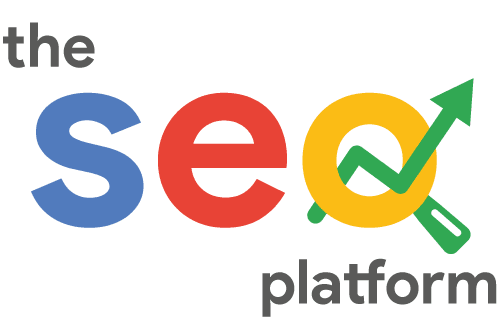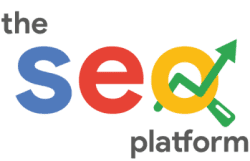The SEO Checklist to Launch a Search Engine Optimised Website



Do you plan to launch your website soon? Have you given any thoughts to your SEO? In case you have not, reading the following tips can guide you on launching a search engine optimised website.
Setting Up the Right Keyword for the Right URL
Hopefully, you have placed keywords throughout your web pages. If not, then you can always initiate a keyword research strategy. After you have identified and finalised multiple keywords, you can match them with your URLs (Uniform Resource Locator).
Let’s assume you have a company called ABC Software, which provides several software development services. Its main URL www.ABCSoftware.com targets keywords like “best software development services in Texas” and “software development in Austin.” Similarly, one of the services of your website is web development on ASP.NET. For its URL www.ABCSoftware.com/web-dev/asp, you can target keywords like “ASP.NET MVC 5”, “Microsoft Technology Stack”, “best .NET services,” and other similar keywords.
Likewise, go through all of your web pages and create keywords according to their content. Most probably, you are going to find new ideas for keywords according to your web pages. In this way, you can masterfully utilise your website’s launch to improve your SERPs (search engine result pages).
How Do Search Engines View Your Website?
What if you have created an awesome website, but your target audience cannot view your web pages? How to deal with this dilemma?
These types of issues are recurring whenever business owners fail to launch a search engine optimised website. To avoid such issues, you should “scan” your website through a set of tools, which can provide a perspective of your website’s accessibility by the crawlers of search engines.
A crawler (also known as a spider) is an online program which goes through websites to process and generate entries for its respective search engine. Examples of such tools are Google Webmaster Tools, DeepCrawl, Screaming Frog, and others.
Such tools facilitate website owners to assess if their web pages have repeated or copied content, broken links, incomplete pages, and similar issues.
What About the Users?
Now that you have ensured that crawlers are easily able to view your website without any hurdle, it is time to shift focus onto your target audience. It is possible that you are primarily a Google Chrome user and may have only tested your website on the Chrome. Perhaps your audience uses Microsoft Edge and faces difficulty accessing a resource on your website. Similarly, you have to determine whether or not your content is reachable to your potential clients on all devices. Initially, you can look for surveys and research to check what devices and browsers are used mostly by the internet users.
Final Thoughts
Gone are the days when websites were made public without additional thoughts. Nowadays, people are quick to adhere to SEO before launching their website. If you have any further queries about SEO or any other aspect of digital marketing, feel free give us a call!






